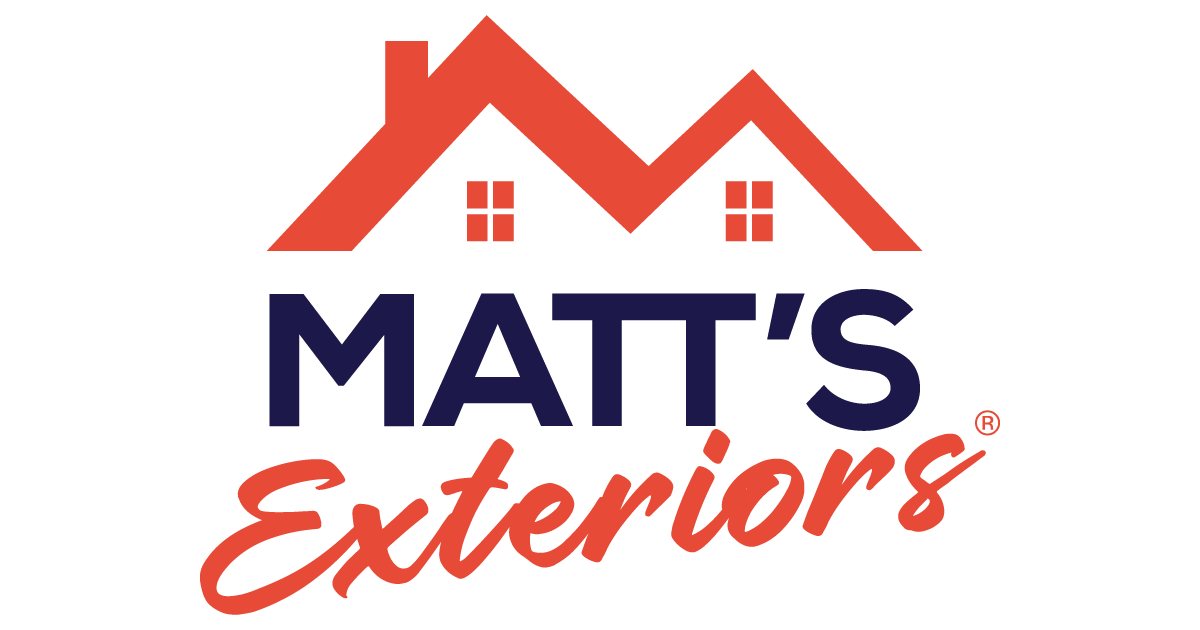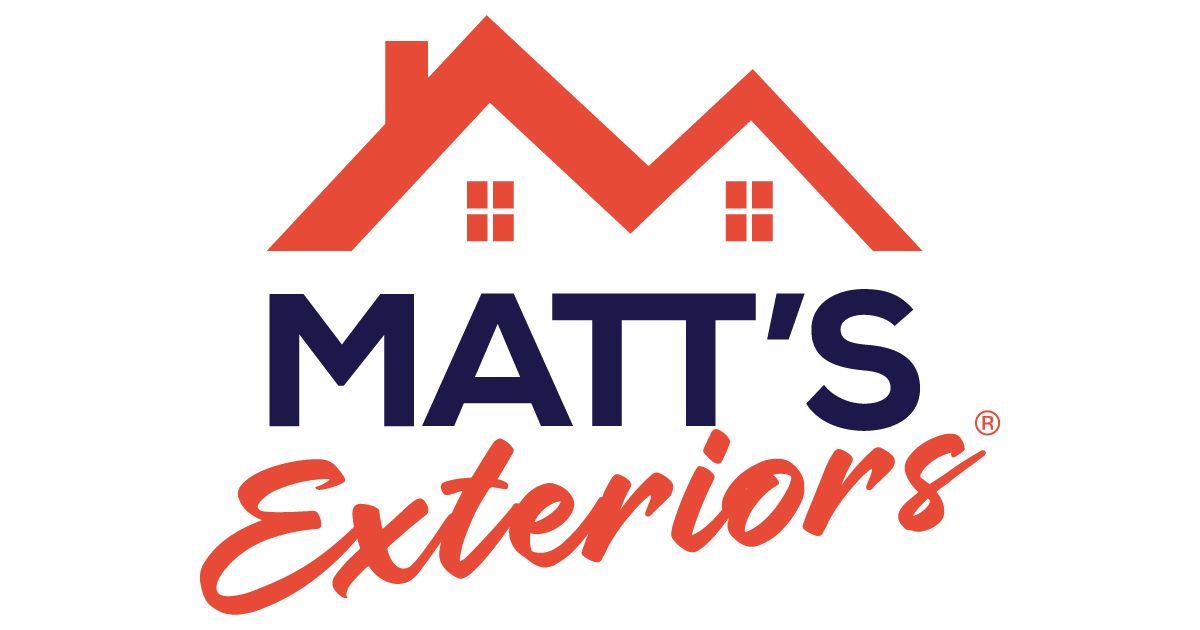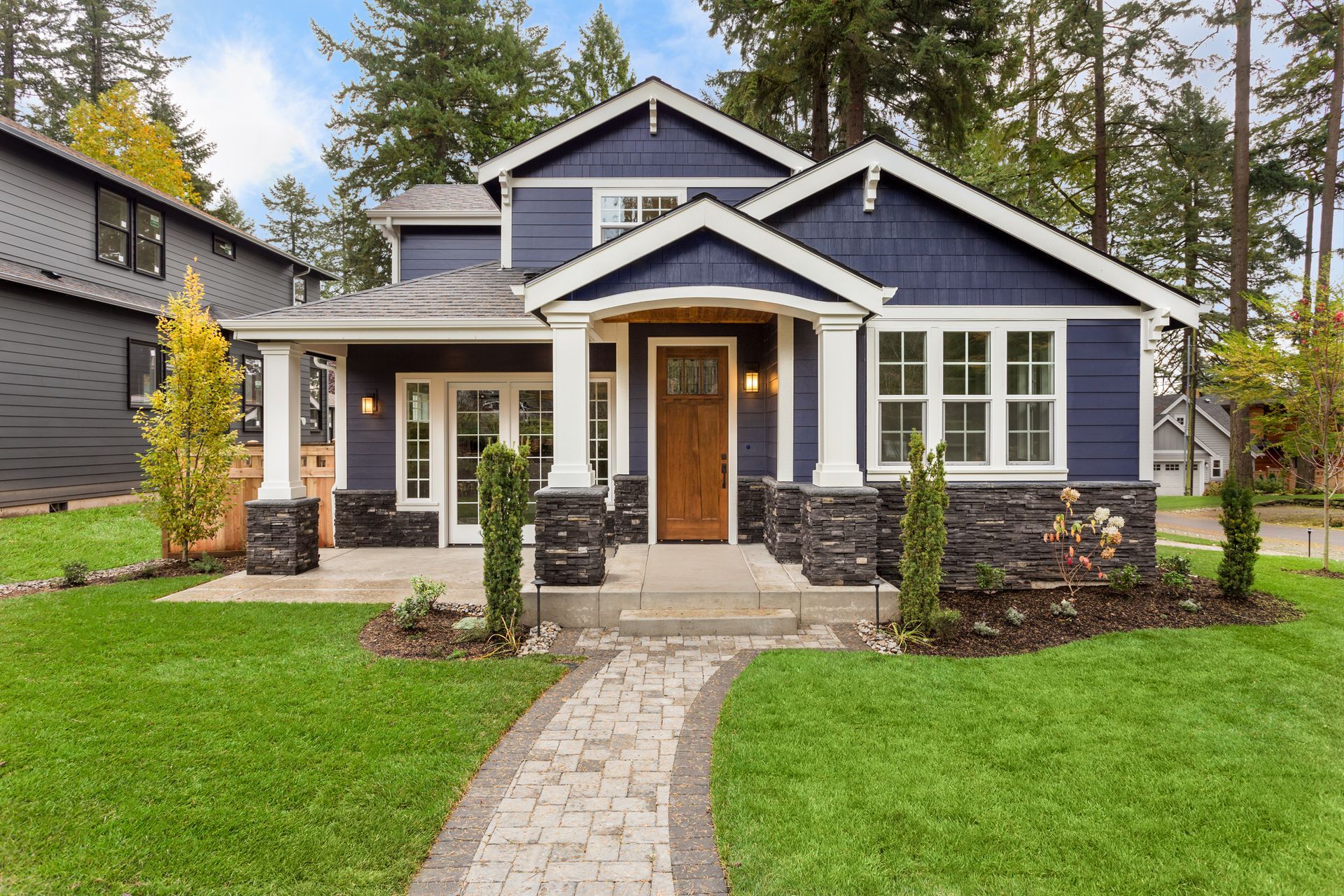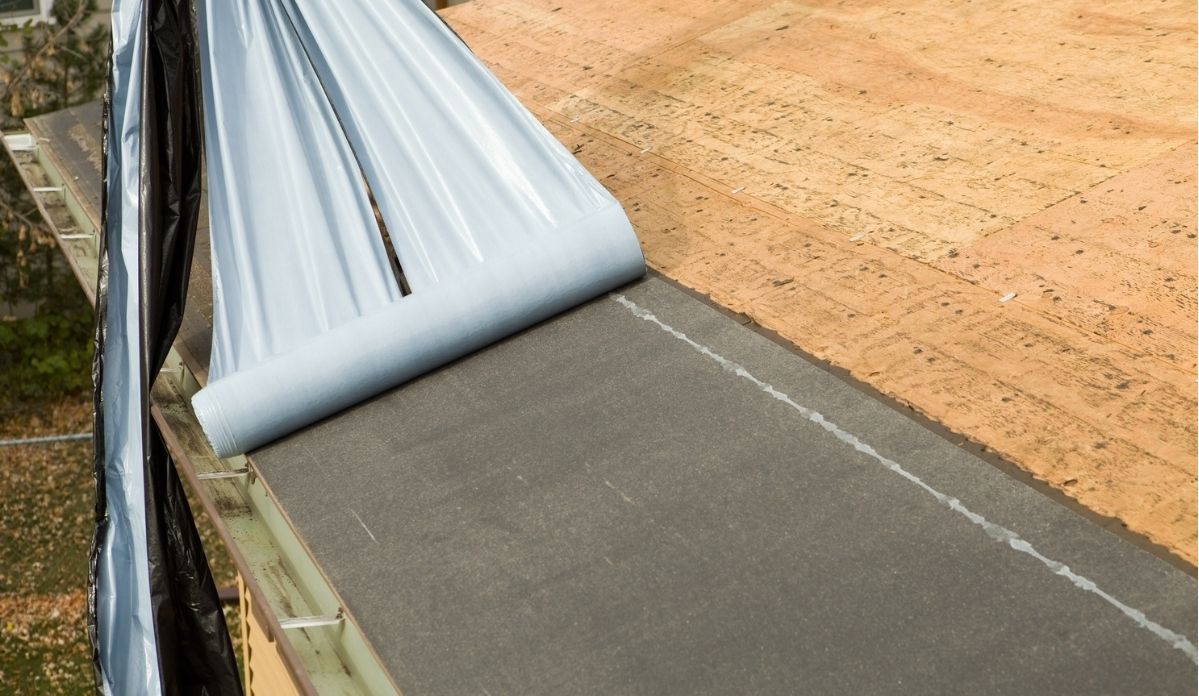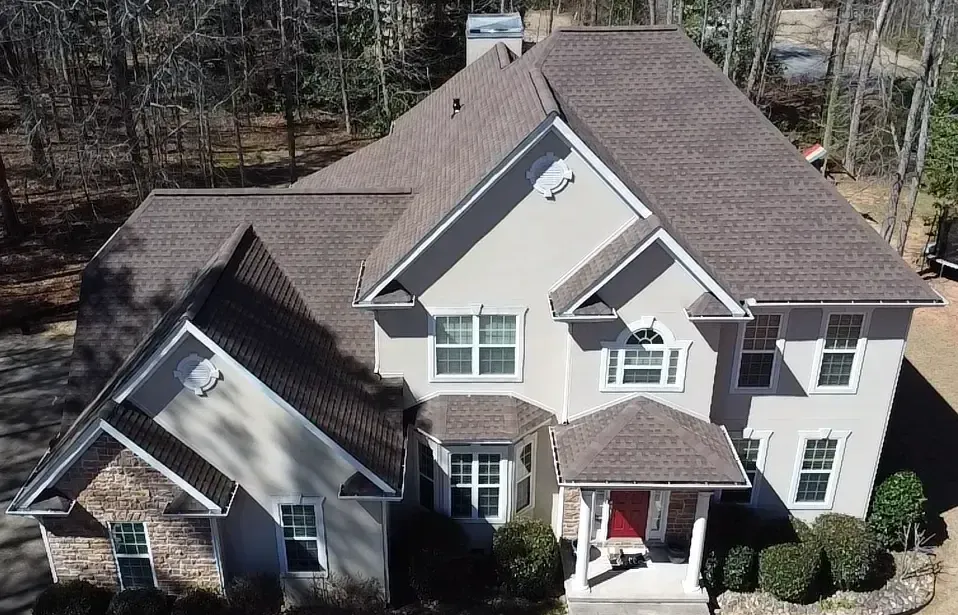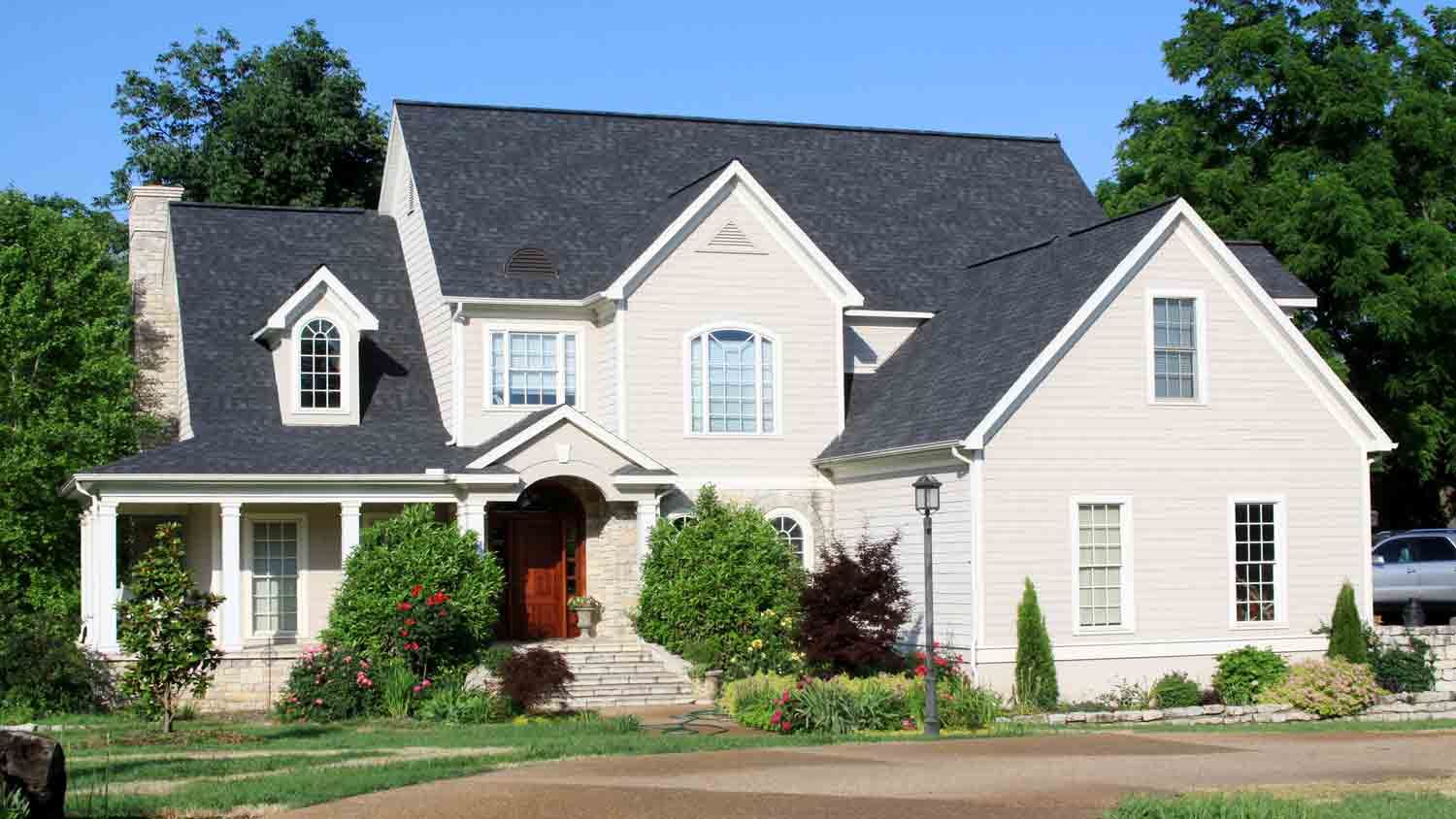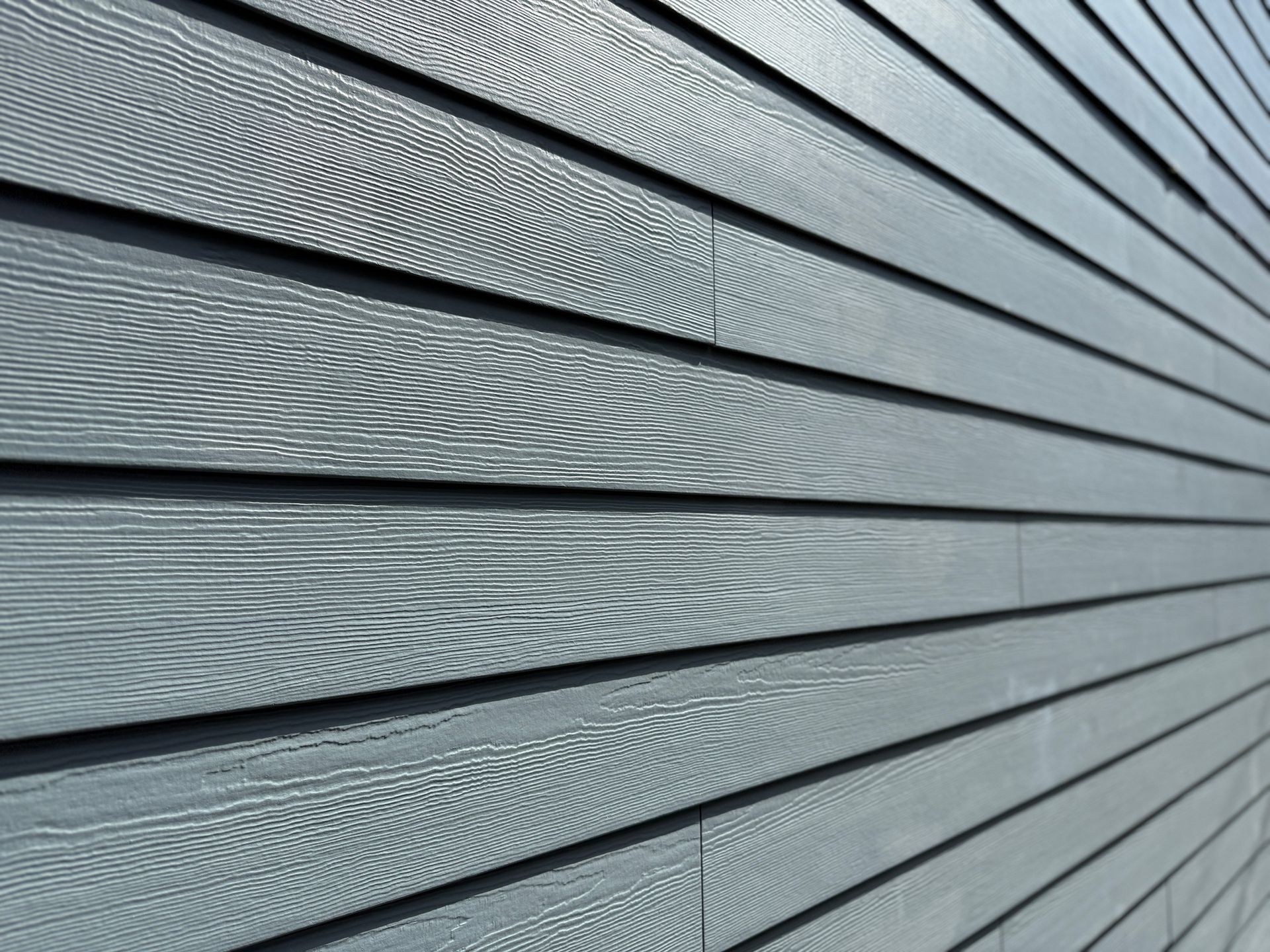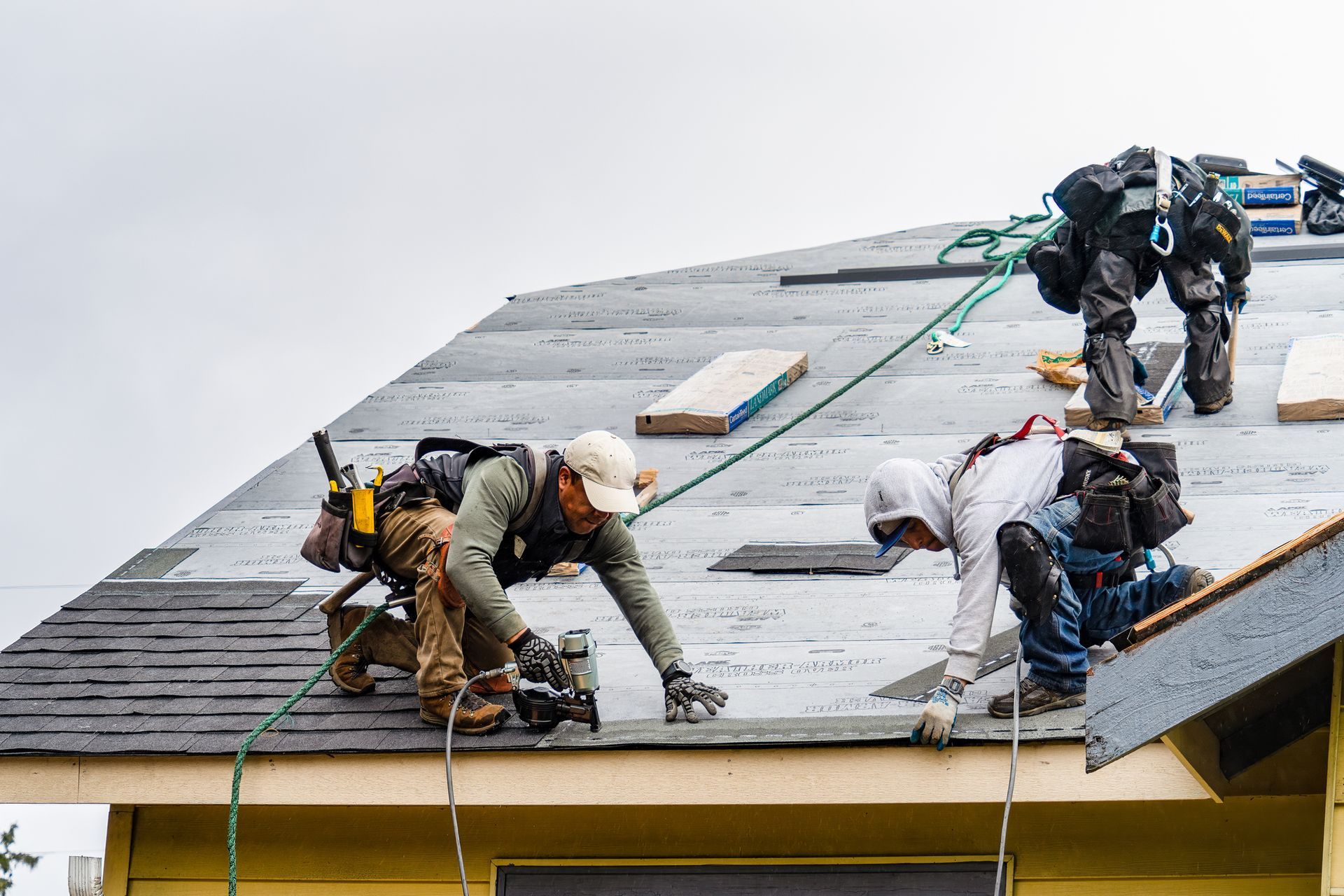James Hardie Siding vs Wood Siding
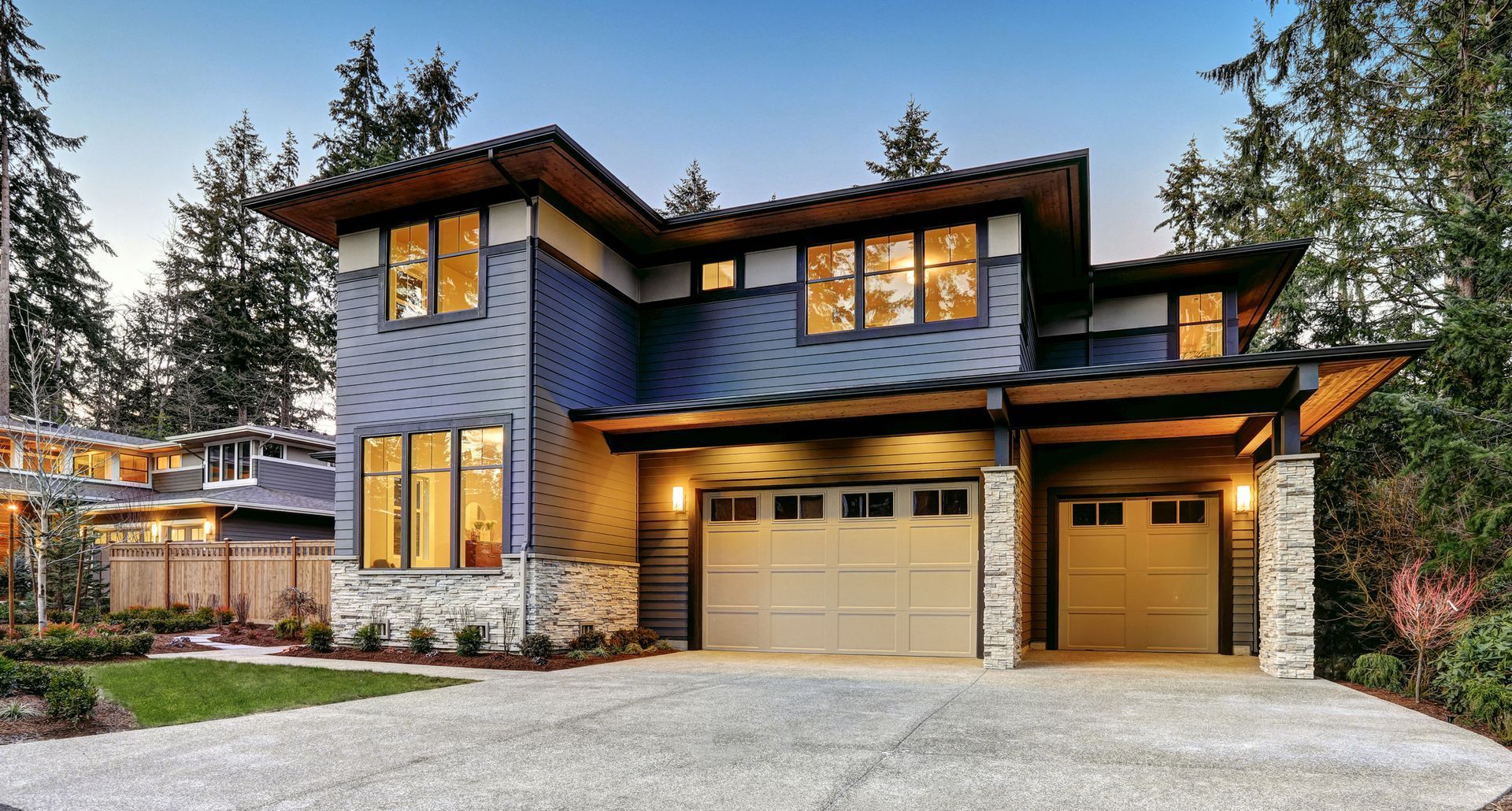
When considering new siding for your home, two popular choices often stand out: traditional wood siding and James Hardie fiber cement siding. Both materials offer distinct advantages, but understanding their differences can help you make an informed decision. Here's a clear comparison of James Hardie siding versus wood siding:
Durability and Maintenance
James Hardie Siding:
Made from fiber cement (a combination of cement, sand, and cellulose fibers), James Hardie siding is extremely durable. It can handle harsh weather, resists moisture and rot, and is resistant to pests such as termites. It won't warp, crack, or split easily, which dramatically reduces long-term maintenance.
Wood Siding
While wood siding offers timeless beauty, it requires regular and consistent maintenance to preserve its condition. Wood is prone to rot, moisture damage, pests, and weathering, requiring periodic painting or staining, sealing, and repairs. Without diligent maintenance, wood siding’s lifespan decreases substantially.
Aesthetics and Versatility
James Hardie Siding:
James Hardie siding is known for its versatile style options. It comes in a wide array of textures and styles, allowing homeowners to achieve the classic beauty of wood without its vulnerabilities. Hardie siding convincingly mimics the authentic grain and charm of traditional wood, offering the best of both worlds—beauty and durability.
Wood Siding
Genuine wood siding offers undeniable charm and warmth. The natural variations in grain, texture, and color give a unique appearance that many homeowners cherish. Wood can also be stained unlike James Hardie siding. However, to maintain that pristine aesthetic, wood siding must be frequently painted or stained, especially in humid or harsh climates.
Cost and Value
James Hardie Siding:
While James Hardie siding often has a higher initial cost compared to some wood siding options, it provides greater long-term value due to lower maintenance requirements and significantly longer lifespan. Additionally, homes with James Hardie siding tend to command higher resale values, as potential buyers recognize its quality, longevity, and minimal upkeep.
Wood Siding
Wood siding is initially more cost-effective, especially if choosing budget-friendly wood species. However, long-term expenses from repeated maintenance, repairs, treatments for rot or pests, and frequent repainting add up quickly, making the total cost of ownership much higher over time.
Safety and Fire Resistance
James Hardie Siding:
James Hardie siding is non-combustible and offers excellent fire resistance. This provides homeowners with increased safety and peace of mind, especially in regions prone to wildfires or where fire safety is a concern.
Wood Siding
Wood siding is naturally combustible and offers minimal fire protection unless specially treated. While treatments and fire-retardant coatings exist, these measures require additional costs and regular reapplication.
Conclusion
Choosing between James Hardie and wood siding ultimately depends on your priorities, lifestyle, and budget. If your goal is durability, low maintenance, safety, and enhanced home value, James Hardie siding stands out as the clear choice. On the other hand, if you prefer the traditional charm of authentic wood and are prepared for regular maintenance and associated costs, wood siding may suit your tastes. It ultimately comes down to if you prefer aesthetics or function.
At Matt's Exteriors, we help homeowners navigate these choices, providing quality solutions tailored to your home’s unique needs. If you're considering siding replacement or installation, reach out to our team today—we’re here to help you make the best decision for your home.
FAQ (Frequently Asked Questions)
Q: Is James Hardie siding more expensive than wood siding?
A: Yes, James Hardie siding typically has a higher initial cost than some wood siding options. However, it is often more cost-effective over time due to its durability, minimal maintenance requirements, and extended lifespan.
Q: Can James Hardie siding realistically mimic the look of natural wood?
A: Absolutely. James Hardie siding comes in various textures and colors that convincingly replicate the grain and visual appeal of authentic wood siding, without the maintenance drawbacks.
Q: How long does James Hardie siding last compared to wood siding?
A: James Hardie siding typically lasts 30-50 years or longer with minimal maintenance. Wood siding, depending on species, maintenance, and climate, generally has a lifespan of around 15-30 years before significant repairs or replacements are needed.
Q: How does James Hardie siding perform in extreme weather compared to wood?
A: James Hardie siding is specifically engineered for exceptional performance in extreme weather conditions, including high heat, humidity, cold, and storms. Wood siding can warp, crack, or rot in such conditions without ongoing, rigorous maintenance.
